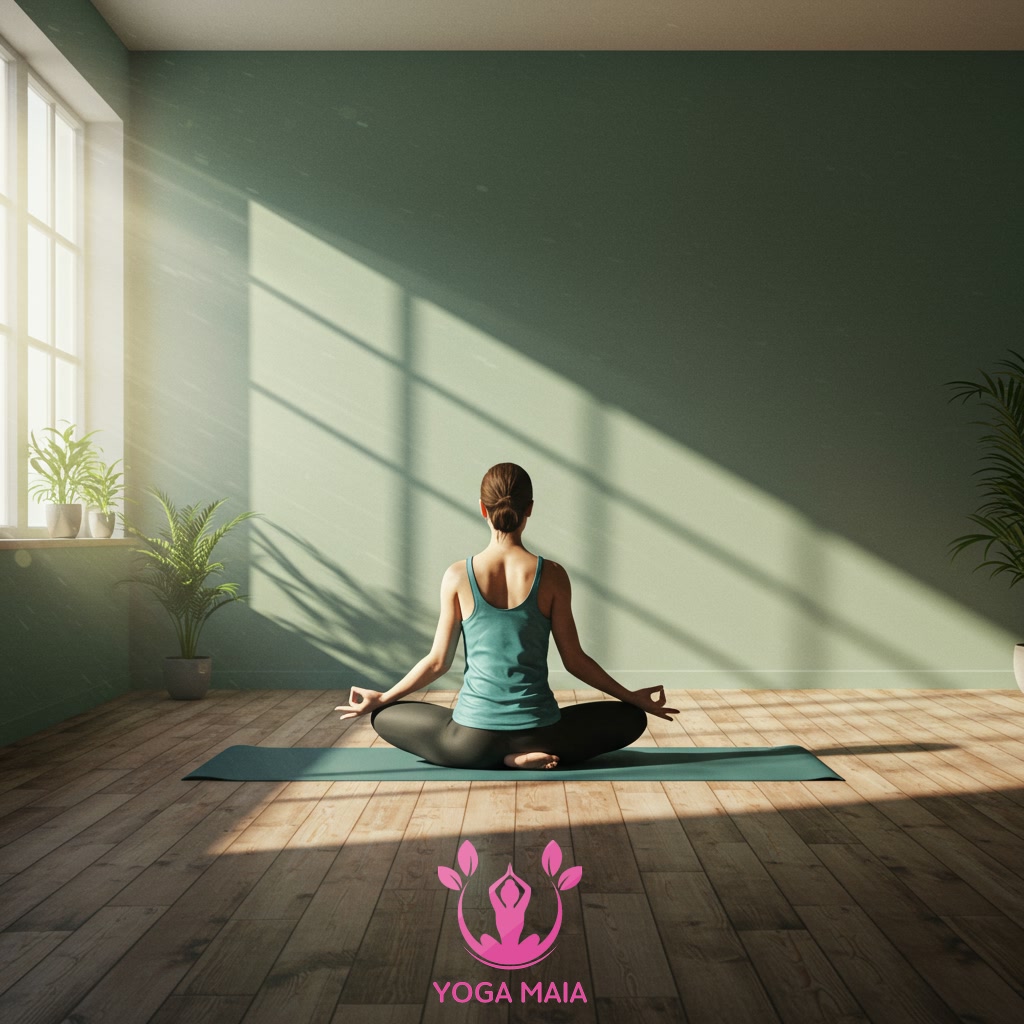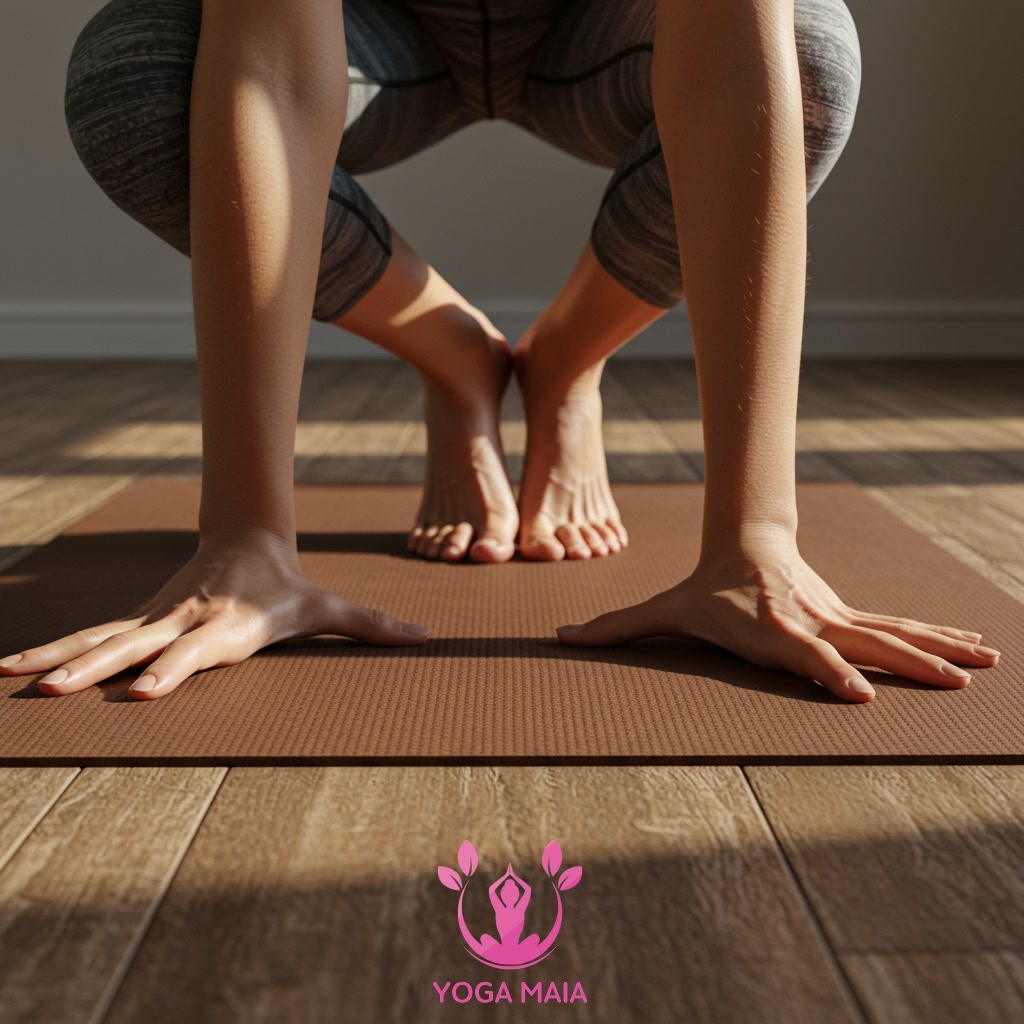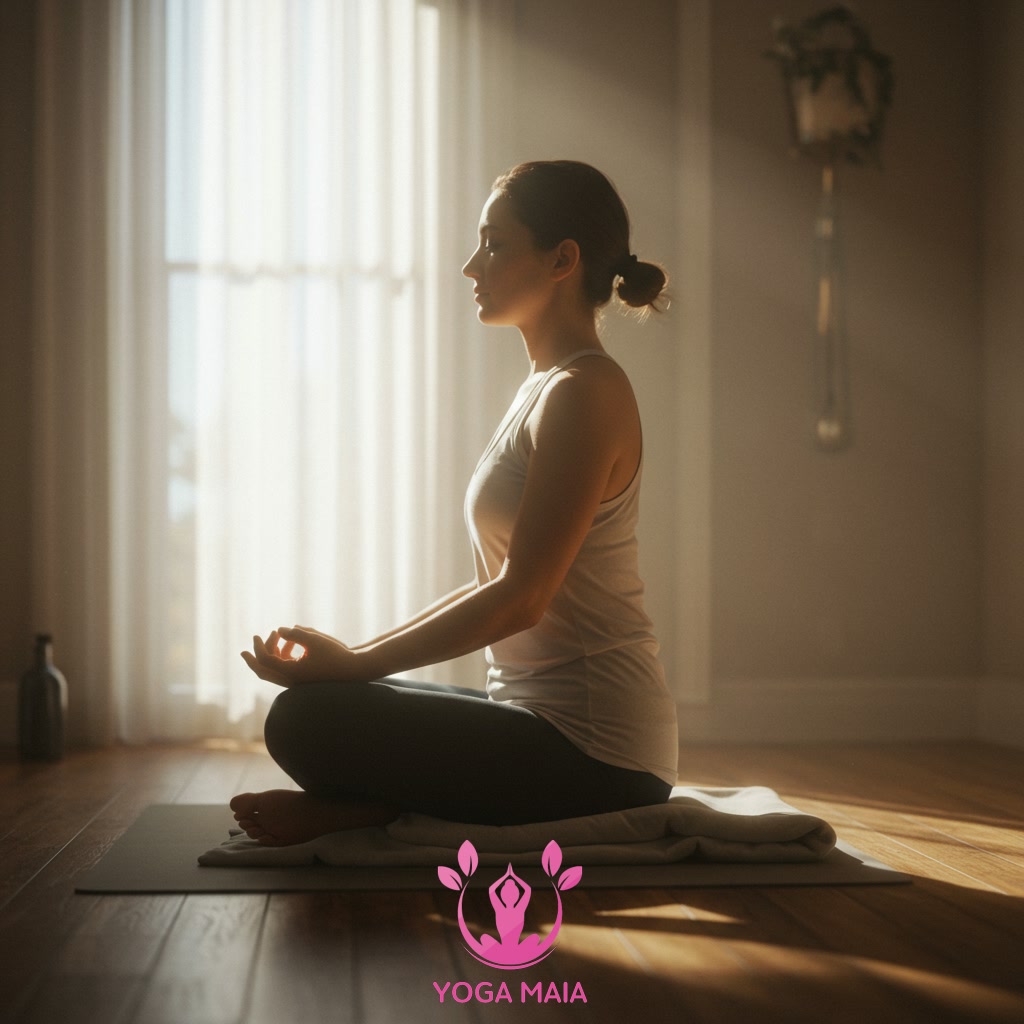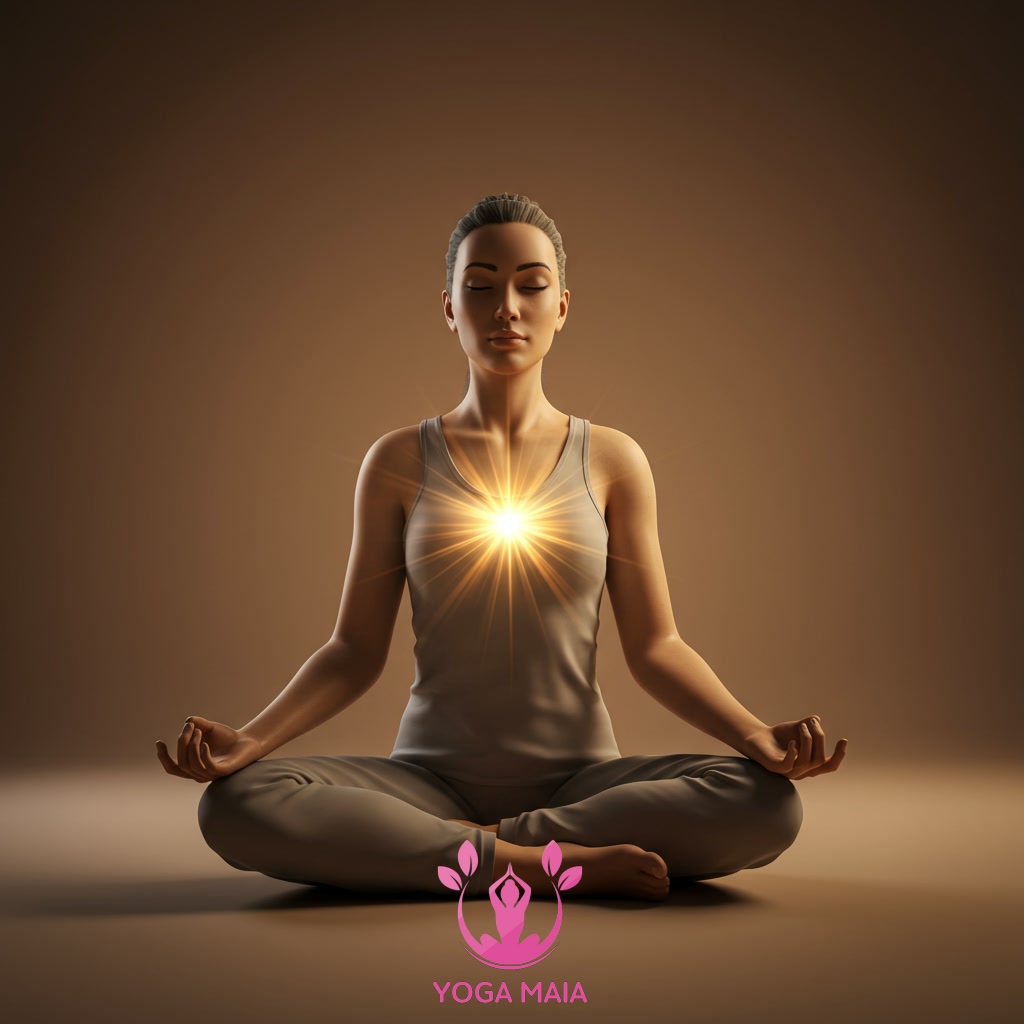Yoga Blog
Exploring the Profound Connection of Body, Mind, and Spirit Through Yoga

Yoga offers a path to understand the deep relationship between our physical form, mental state, and inner self. Practices like asanas, breathwork, and meditation cultivate awareness and harmony across these dimensions. Through consistent yoga practice, individuals can foster holistic well-being and a sense of integration. This exploration highlights how yoga serves as a powerful tool for unifying body, mind, and spirit.
Table of Contents
- Section 1: Introduction: Understanding the Body, Mind, and Spirit Connection
- Section 2: Yoga for the Body: Physical Practice and Awareness
- Section 3: Yoga for the Mind: Cultivating Calm, Focus, and Mental Clarity
- Section 4: Yoga for the Spirit: Connecting to Inner Peace and Higher Self
- Section 5: The Synergy: How Yoga Integrates Body, Mind, and Spirit
- Section 6: Practical Application: Integrating Yoga for Holistic Well-being
Section 1: Introduction: Understanding the Body, Mind, and Spirit Connection
The concept of the human being as an integrated whole, comprising body, mind, and spirit, has been recognized across various traditions for centuries. The body represents our physical form, sensations, and interaction with the material world. The mind encompasses our thoughts, emotions, beliefs, and cognitive processes. The spirit, often viewed as the inner self, consciousness, or vital energy, connects us to a deeper sense of purpose and presence. Understanding that these three dimensions are not isolated but are profoundly interconnected is crucial. Our physical health impacts our mental state, our thoughts and emotions influence our bodily sensations, and our inner spirit informs our overall well-being and perspective. This introductory section lays the groundwork for exploring how practices like yoga offer a powerful means to cultivate awareness of this intricate relationship and foster harmony among body, mind, and spirit, leading to a more integrated and balanced life.
 Introduction: Understanding the Body, Mind, and Spirit Connection
Introduction: Understanding the Body, Mind, and Spirit Connection
Section 2: Yoga for the Body: Physical Practice and Awareness
Yoga’s engagement with the body is fundamental, acting as the primary entry point for many practitioners. Through the physical postures, known as asanas, individuals cultivate strength, flexibility, and balance. These practices move beyond mere exercise; they are designed to bring conscious awareness to the physical form. Paying attention to alignment, breath within poses, and the subtle sensations throughout the body fosters a deeper understanding of one’s physical state. This focused attention helps to release physical tension, improve posture, and build a more intimate connection with the body’s capabilities and limitations. It is the foundation upon which the integration of mind and spirit is built.
 Yoga for the Body: Physical Practice and Awareness
Yoga for the Body: Physical Practice and Awareness
Section 3: Yoga for the Mind: Cultivating Calm, Focus, and Mental Clarity
Building upon the physical foundation, yoga profoundly impacts the mental landscape, serving as a powerful tool for cultivating calm, focus, and clarity. Practices like mindful movement in asanas and the deliberate control of breath through pranayama techniques directly influence the nervous system, helping to reduce stress and anxiety. As the body finds stillness or rhythmic motion, the mind is encouraged to quiet its incessant chatter. Meditation, often integrated into yoga sessions, further trains the mind to concentrate, enhancing focus and present moment awareness. This consistent practice helps individuals develop greater emotional regulation, sharper cognitive function, and a profound sense of inner peace, clearing the path for mental clarity amidst life’s complexities.
 Yoga for the Mind: Cultivating Calm, Focus, and Mental Clarity
Yoga for the Mind: Cultivating Calm, Focus, and Mental Clarity
Section 4: Yoga for the Spirit: Connecting to Inner Peace and Higher Self
Building from the mental benefits, yoga also offers a profound pathway to the spiritual dimension, guiding practitioners towards inner peace and a connection to their higher self. Beyond physical postures and breath control, practices like meditation, chanting, and focused introspection cultivate stillness within, allowing the noise of the external world and the busy mind to subside. In this cultivated quietude, a deeper sense of self emerges – often described as intuition, inner wisdom, or spirit. Regular practice helps to quiet the ego, fostering compassion, acceptance, and a sense of interconnectedness with all beings. This spiritual exploration through yoga isn’t necessarily tied to religious dogma but is a personal journey towards self-awareness and a tranquil, centered existence, integrating the mental calm into a spiritual awakening.
 Yoga for the Spirit: Connecting to Inner Peace and Higher Self
Yoga for the Spirit: Connecting to Inner Peace and Higher Self
Section 5: The Synergy: How Yoga Integrates Body, Mind, and Spirit
Building upon the pathway to spiritual connection, yoga’s ultimate impact lies in its ability to seamlessly integrate the physical, mental, and spiritual aspects of our being. This synergy is achieved through the practice itself: Asanas (physical postures) demand not only bodily engagement but also mental focus and breath awareness. This conscious link between movement, breath, and attention cultivates a state of embodied mindfulness, calming the nervous system and quieting the restless mind. As the physical form finds stability and the mental chatter subsides, a space is created for connecting with the deeper, spiritual dimension—the inner self. Through this holistic practice, yoga transforms from a set of exercises into a powerful tool for unifying these distinct dimensions into a harmonious whole, fostering profound well-being and a sense of complete integration.
 The Synergy: How Yoga Integrates Body, Mind, and Spirit
The Synergy: How Yoga Integrates Body, Mind, and Spirit
Section 6: Practical Application: Integrating Yoga for Holistic Well-being
Building upon the pathway to spiritual connection, yoga’s ultimate impact lies in its ability to seamlessly integrate the physical, mental, and spiritual aspects of our being. This synergy is achieved through practical application. Engaging in asana practice strengthens the body while cultivating present moment awareness. Breathwork (pranayama) calms the nervous system and links physical sensation with mental state. Meditation quiets the mind, opening a space for deeper self-reflection and spiritual insight. By consistently weaving these elements together, yoga becomes a powerful tool for fostering holistic well-being. It’s not merely about physical exercise or relaxation; it’s a comprehensive system that encourages harmony and balance across all dimensions of life, leading to a profound sense of integration and vitality.
 Practical Application: Integrating Yoga for Holistic Well-being
Practical Application: Integrating Yoga for Holistic Well-being












